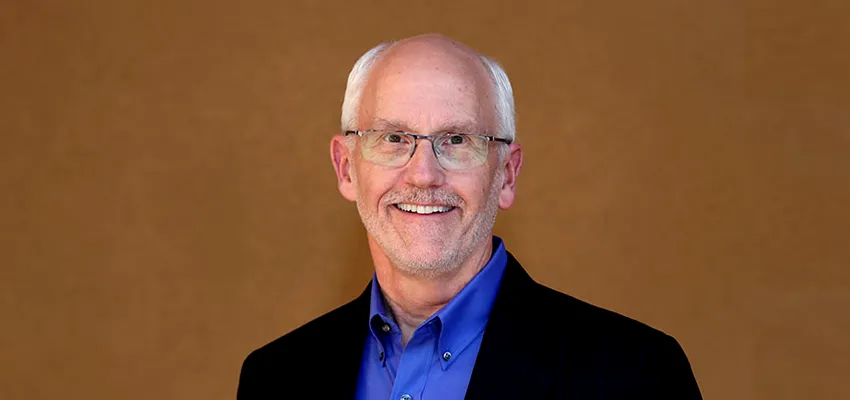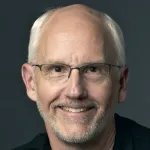
Photo by Norbert von der Groeben: Paul Yock is being honored for his work in founding and directing Stanford Biodesign, which is dedicated to aspiring innovators who want to design and develop medical devices.
Stanford Medicine News Center - January 4th, 2018 - by Stacey McCutcheon
Paul Yock, MD, professor of medicine and of bioengineering at Stanford University and the founder and director of the Stanford Byers Center for Biodesign, will receive the National Academy of Engineering’s 2018 Bernard M. Gordon Prize for Innovation in Engineering and Technology Education.
The academy said Yock was chosen for “the development and global dissemination of Biodesign, a biomedical technology training program that creates leaders and innovations that benefit patients.” The prize is the academy’s top honor for teaching and carries a $500,000 award.
Yock, who holds the Martha Meier Weiland Professorship and was the founding co-chair of Stanford’s Department of Bioengineering, is known internationally for his work inventing and testing new medical devices in the field of interventional cardiology. Motivated to help other aspiring innovators succeed in developing devices to improve health care, he founded Stanford Biodesign in 2001. Reflecting its roots in both engineering and medicine, Biodesign is part of Bio-X, Stanford’s interdisciplinary biosciences institute.
Focus on need-driven innovation
Stanford Biodesign was a pioneering innovation training program dedicated exclusively to the design and development of medical devices, and was revolutionary in its focus on need-driven innovation — identifying and characterizing important, unmet clinical needs as the essential first step in successful inventing.
“There are different innovation processes that make sense for different technology domains,” said Yock. “Unlike the situation for consumer products, health care has a complex landscape of stakeholders — from doctors and patients to regulators and insurers — all of whom have a say in whether a new technology is adopted into patient care.”
Not only do innovators need to satisfy all of these stakeholders, but given the multiyear timeline and millions of dollars required to develop, test and obtain regulatory approval for a new medical device, it’s essential that innovators get it right the first time. “This is why our trainees spend three to four months screening needs and understanding the problem they ultimately choose to solve before they ever invent anything,” Yock said.
Bringing doctors, engineers together
Stanford Biodesign was also among the first academic training programs to formalize a mechanism for bringing together talented engineers and physicians to collaborate on project-based learning experiences. Josh Makower, a serial inventor and entrepreneur, had experimented with this approach previously in a corporate setting. As co-founder of the program, Makower worked with Yock to define and implement a multidisciplinary learning model. “To create meaningful new health technologies, innovators need to understand everything from biology and medical care delivery to engineering and health care economics,” Yock said. “No one individual can cover that waterfront; you need a team to be effective.”
Since the program’s founding, its trainees have created 45 companies based on technologies invented during their time in the program, and these new products have been used in the care of nearly 1 million patients. The program has been emulated by universities throughout the world, and the Stanford Biodesign textbook and open-source video library have become the premier international teaching resources on the topic of need-driven innovation.
“Winning the prestigious Gordon Prize is a well-deserved achievement for Paul, as he has had a tremendous influence on the biomedical innovation process both here in the United States and around the world,” said Lloyd Minor, MD, dean of the School of Medicine. “By bringing people from a range of backgrounds together to develop predictive and preventive health solutions, Paul and Stanford Biodesign have introduced the kind of out-of-the-box thinking that’s crucial to advancing our vision for precision health.”
Jennifer Widom, PhD, dean of the School of Engineering, said Yock’s emphasis on bringing students together from across disciplines is key to solving the kind of real-world problems they are tackling, as well as a critical element of Biodesign students’ education. “By helping students apply their diverse expertise and resources to develop solutions, we are creating confident leaders with the ability to tackle important problems around the globe,” she said.

